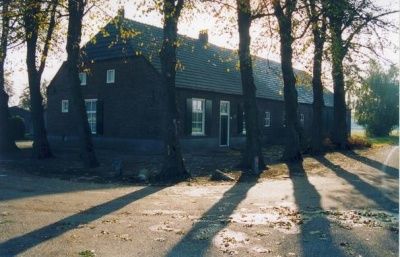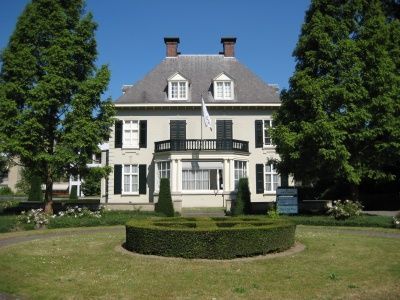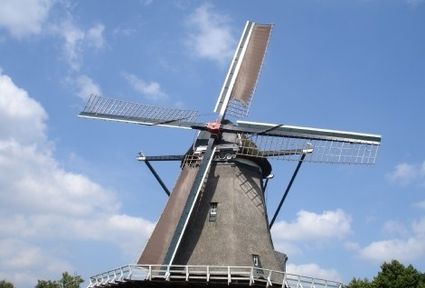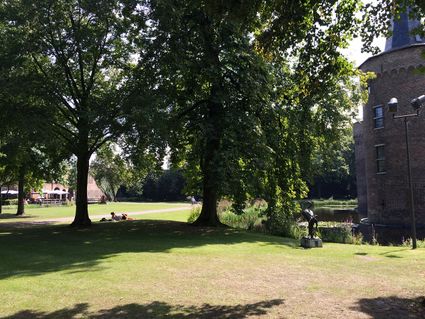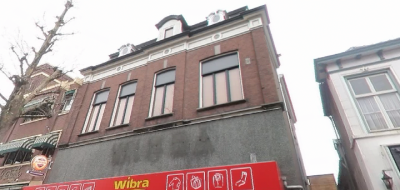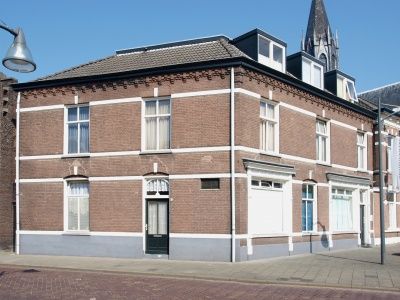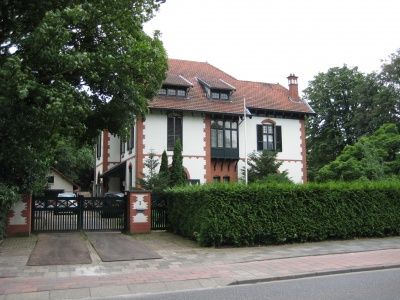Gehucht: Esdonk
The hamlet of Esdonk is clustered around a central (and formerly communal) field/pasture in an empty and open landscape. The hamlet is first m…
The hamlet of Esdonk is clustered around a central (and formerly communal) field/pasture in an empty and open landscape. The hamlet is first mentioned in 1366 when the medieval farmstead, on the site where Esdonk 16 now lies, was bought by the Teutonic Order. Despite the absence of water today, a fishery was then associated with the farmstead. The Teutonic Order was a religious order of knights that owned the manor of Gemert. They had further lands scattered throughout the municipality including this important fief which they lent to several fiefs. The Teutonic Order in Gemert later established its organization in the Castle. Even after the time of the feudal system (ended with Napoleon around 1800)the hamlet still expanded with farms, such as Esdonk 44 from 1884. A history of 1832 already mentions that it is a hamlet with fourteen houses and about a hundred inhabitants, as large as the village of Handel at that time. There is also the Esdonks Kapelleke.The photo below shows Esdonk 29, a municipal monument built in 1871. The surrounding linden trees are also monumental.
Esdonk in Gemert.One of the Esdonk farms grouped around the central field/pasture
Esdonk in the Middle Ages consisted of the farmstead mentioned above, of the farmstead of the noble family, the Van Espdonks, mentioned in the thirteenth century and the Aa-house, also already present in the thirteenth century, where the Koksehoeve still stands today.These farms were later split into several farms, some even verkeuterd (keuterboer is a common term on the poor lands of the Peel for a very small farmer, with very little land and animals).Near the farms was also a plaetse, a common pasture, triangular, on which cattle were driven.On a cadastral map the shape is still recognizable.The moors surrounding the hamlet were gradually reclaimed and small businesses were also able to settle in Esdonk.In the sixteenth century the Esdonks Kapelleke was built, a development found in many hamlets.After that, growth often took place to a full-fledged village, as happened in Handel, but not here, for unknown reasons.
The name Esdonk can be traced to aspen, a species of tree, and donk, a higher ground.Earlier it was mentioned that Esdonk had a fishery and it was therefore enclosed by the small river Aa and the land wall to the north. Therefore, as a relatively drier and higher terrain, Esdonk must have been a good settlement site in the past.
Sources:
P. van den Elsen, Esdonk, de geschiedenis van een kapelgehucht, 1981, Heemkundekring De Kommanderij, Gemert
